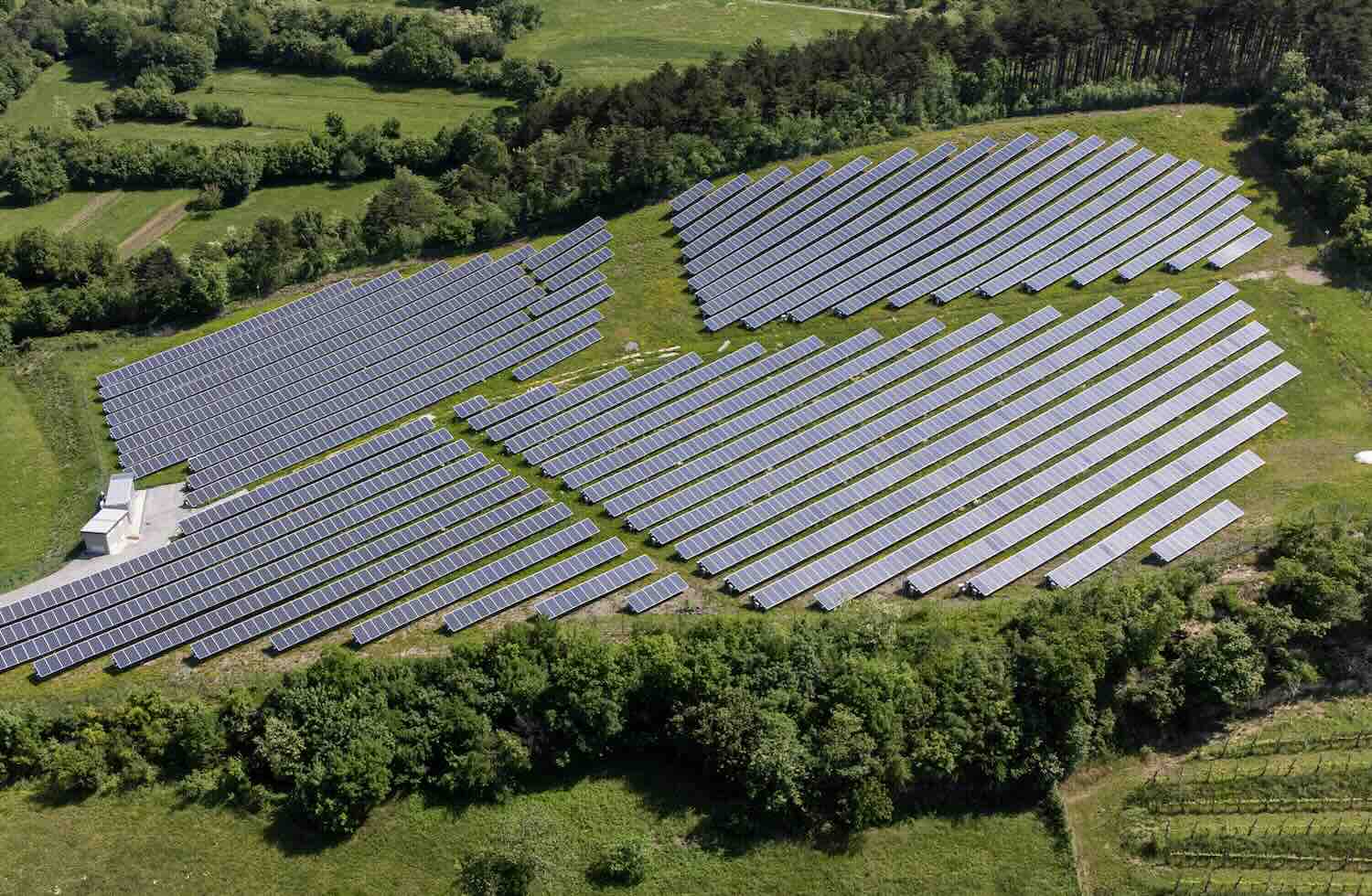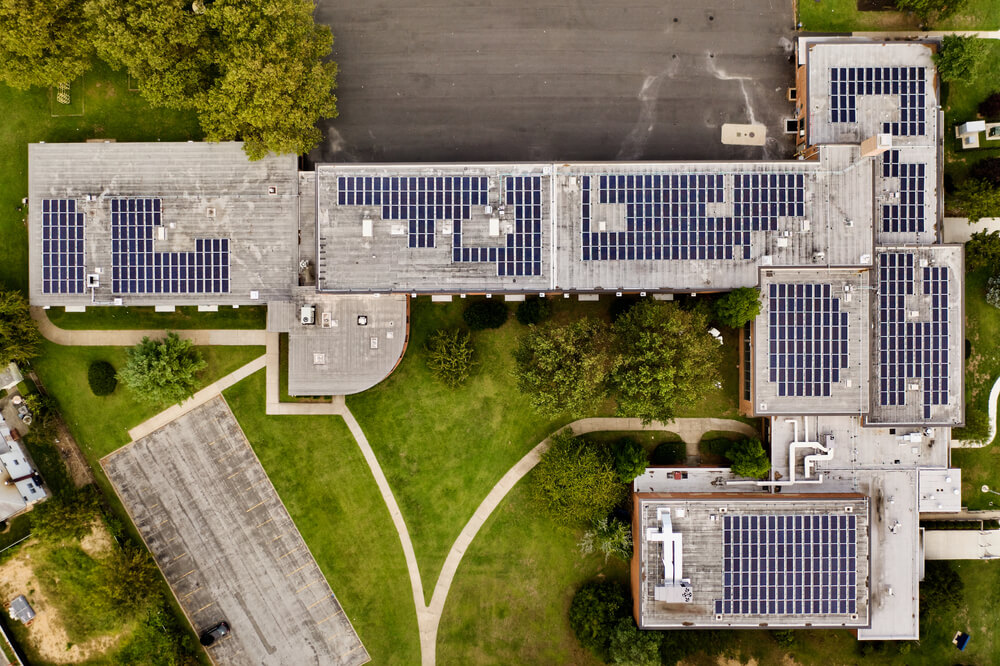Organizations across the US are anticipating the announcement – expected any day – of who will get to manage parts of the Greenhouse Gas Reduction Fund.
But they’re not waiting to take advantage of the historic federal funding opportunity to design standardized financial products that can be deployed at scale throughout the nation.
Last week, the U.S. Environmental Protection Agency notified unsuccessful finalists for the GGRF’s National Clean Investment Fund and Clean Communities Investment Accelerator. That means we will likely soon know which organizations have been selected to administer $20 billion in clean financing programs. (The $7 billion Solar for All program is expected to be awarded later this spring).
A half-dozen coalitions were formed last year to compete for the opportunity to deploy billions in capital and technical assistance to community lenders – green banks, community development financial institutions, local development finance agencies and other mission-oriented lenders. The announcement of GGRF grantees is a step toward standardizing and bringing certainty to a nascent and fragmented marketplace of mission-oriented investors advancing clean financing projects intended to primarily benefit low-income communities and residents.
With public-private partnerships, community lenders for more than a decade have been deploying capital to support the clean energy transition. The financing platforms and programs employed by community lenders have been tailored to the needs of local communities and the sources of capital leveraged to fund the work.
Investment readiness
The GGRF program is likely to be a turning point in market standardization as the amount of available capital grows by nearly $20 billion almost overnight. The need to invest billions in financing over the coming years while remaining compliant with EPA regulations will require award winners and community lenders to design standardized financial products and underwriting approaches that can be deployed at scale throughout the nation.
Term sheets. For example, NCIF-applicant Climate United, which includes Calvert Impact Capital, Self-Help and the Community Preservation Corp., is designing several standardized products that could be adopted across its network of 350 implementation, deployment, and community partners. Standardization may help investors navigate the emerging marketplace of GGRF-supported deals and funds, bringing certainty and increased investment in projects, activities, and technologies that create jobs, lower energy bills, and reduce greenhouse gas emissions.
Peer support. In recent months, the Milken Institute’s Community Infrastructure Center, where I’m a senior advisor, has hosted a series of biweekly GGRF Learning and Collaboration Calls to facilitate partnership-building and peer-sharing amongst applicants across all three programs – the National Clean Investment Fund, the Clean Communities Investment Accelerator and Solar for All. During these calls, participants have shared how they are already investing in efforts to engage partners, pilot new strategies, and build the capacity of community lenders through the standardization of underwriting criteria, financial products, asset management and more. For example:
Plug and play. The Solar and Energy Loan Fund, or SELF, is parlaying more than a decade of experience as a CDFI-green bank hybrid to offer a “plug-in-play” program for new and emerging community lenders. Other lenders can adopt SELF’s existing financial products and leverage the organization’s balance sheet and back-office capabilities. Leading up to its application for Greenhouse Gas Reduction funding, SELF launched the Southern+ Climate Equity Accelerator to prepare green lenders, including Housing and Development Finance Agencies like Finance New Orleans, for an increased amount of public and private investment in the clean energy economy.
Partnerships. Last week, Finance New Orleans launched a new partnership with non-profit climate tech investor Elemental Excelerator to deploy climate technologies in new and retrofitted single-family homes. Entrepreneurs, funders, community members, public agencies and housing developers in New Orleans will join together under the NOLA Affordable and Resilient Homes Challenge to use new financing tools and blended investments to create more climate-responsive, affordable housing.
Green banks. Another Development Finance Agency, the Tucson Industrial Development Authority, or Tucson IDA, invested funding from the American Rescue Plan Act to seed clean energy pilot programs through its recently launched green bank, Groundswell Capital (see also, “In Cleveland, stakeholders mobilize to deploy climate funds for community infrastructure”). The pilot programs were designed to test consumer demand for green home loans, energy grants, and readiness programs which could be scaled should Tucson IDA receive GGRF funding.
What can investors expect? Following this month’s announcement of GGRF award winners, it is expected that grantees will begin deploying capital by mid-year 2024. The role of private investors will begin to come into focus in coming coming months as award winners scale existing efforts and pilot programs to roll out standard products and services.
We anticipate enterprise-level, fund-level, and project-level investment opportunities to support residential rooftop solar installation and storage, microgrids, energy and water efficiency improvements for affordable housing, construction of net-zero homes in underserved communities, installation of electric vehicle charging stations – and more!
ImpactAlpha contributing editor Rachel Reilly is the founder of Aces & Archers, a strategic advisory and consulting firm, and a senior advisor at the Milken Institute.











